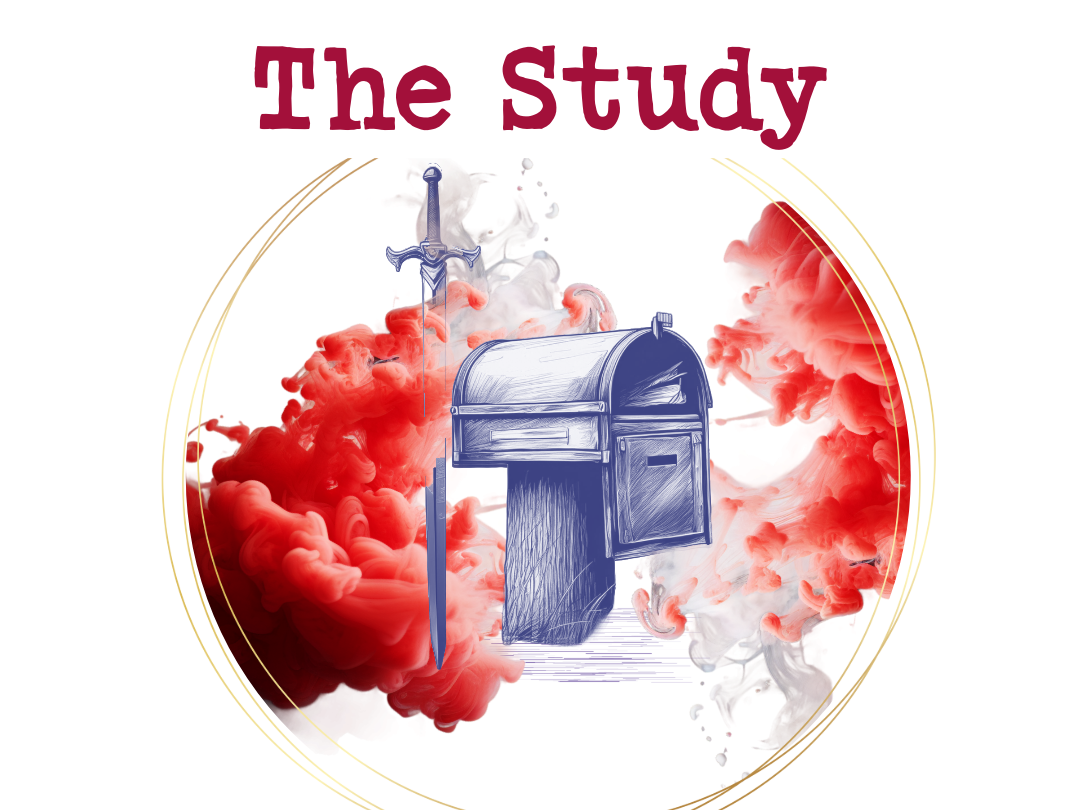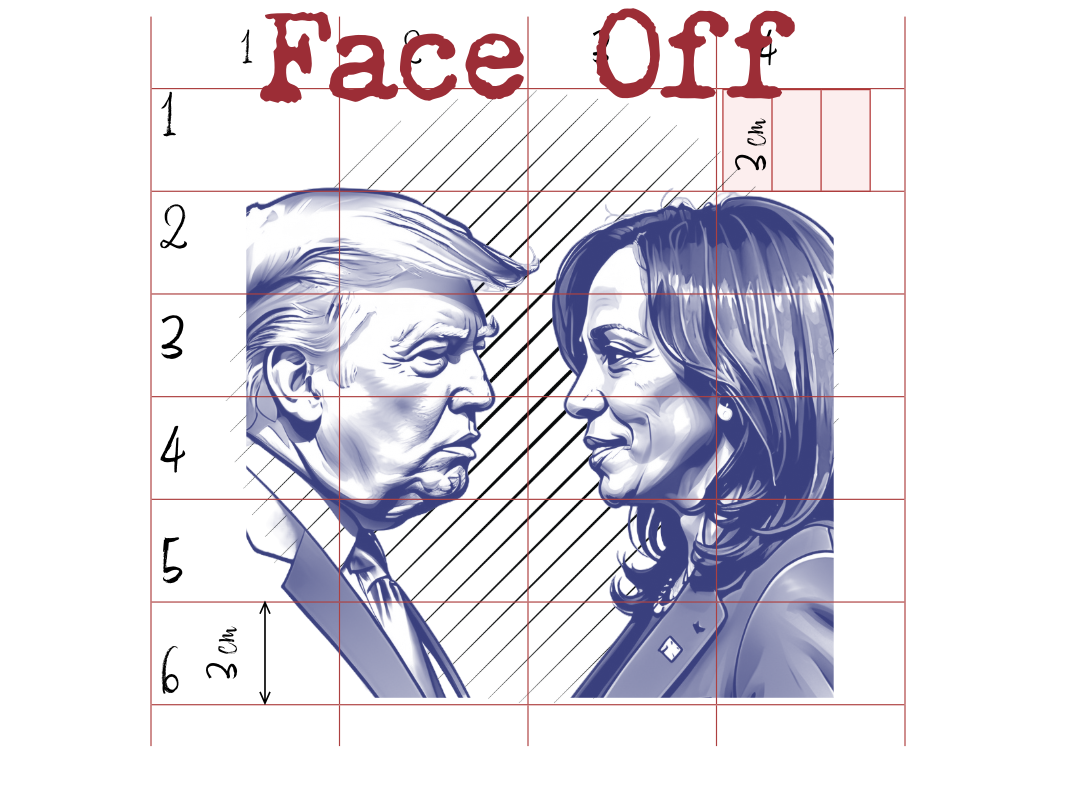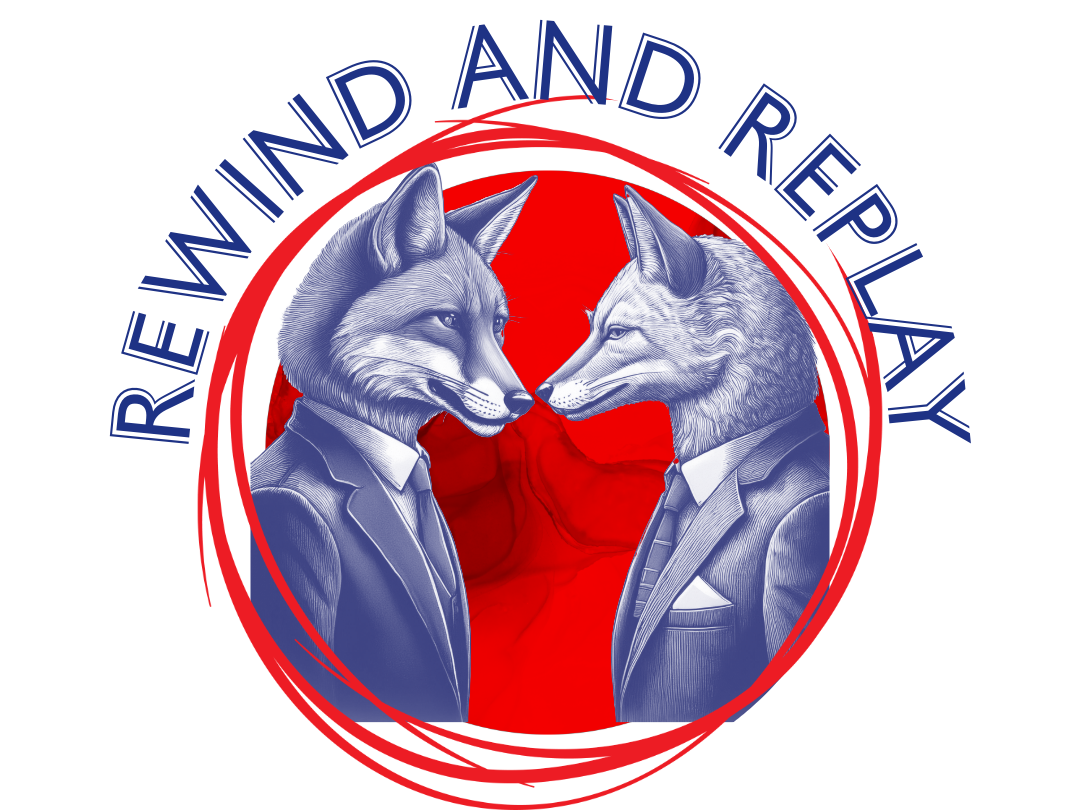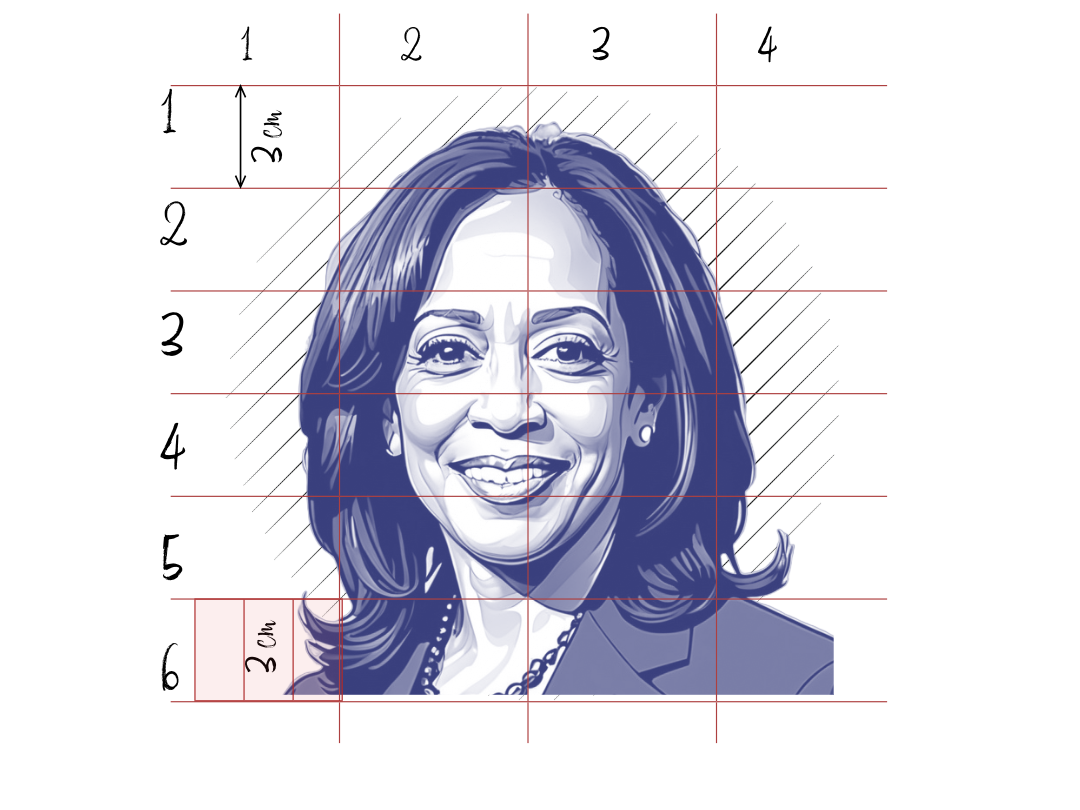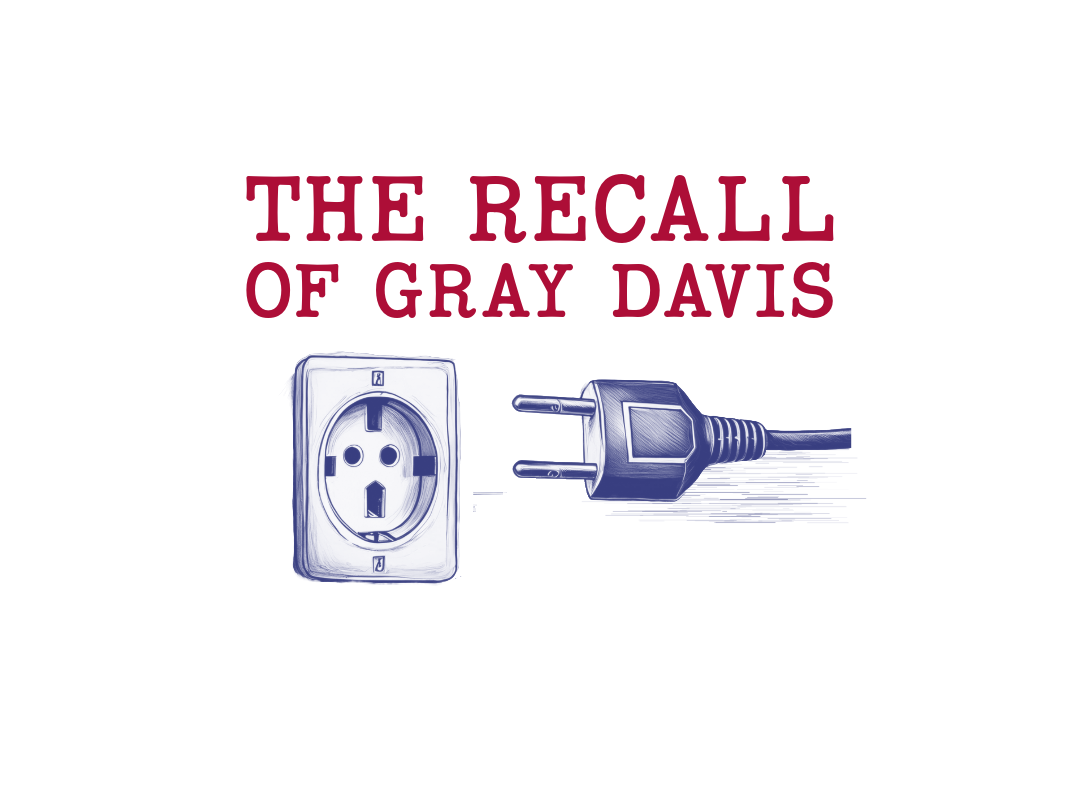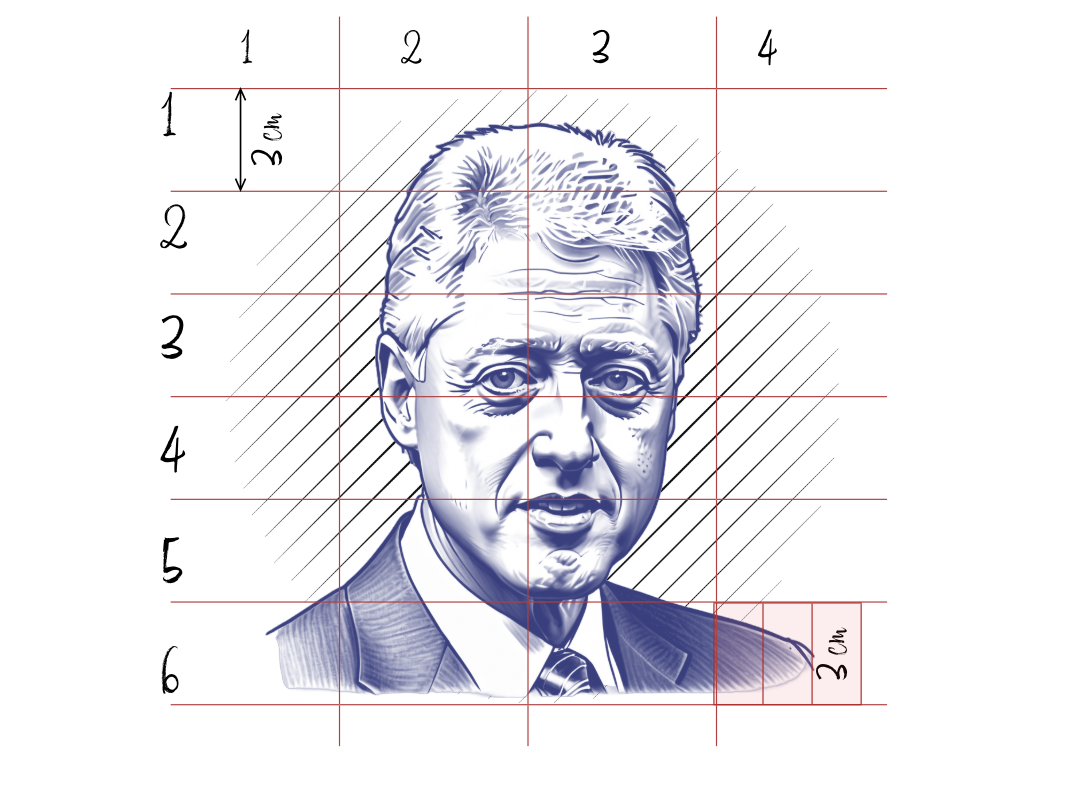What the 2021 Recall Fight Revealed About Newsom,
His Opponents, and the State’s Divides
November 12, 2024
The effort to recall California Governor Gavin Newsom, which culminated in the September 2021 special election, was rooted in multiple grievances against his governance, most notably his handling of the COVID-19 pandemic, rising homelessness, and other quality-of-life issues. This initiative was not entirely a reaction to the pandemic, but it gained momentum as COVID-19 exacerbated existing issues in California. The recall effort was driven by conservative factions, with some calling for Newsom's removal due to his support of policies such as sanctuary state status, his stance on taxes, and his handling of public safety.
Key Factors Behind the Recall Effort
COVID-19 Response: Newsom's handling of the pandemic was a central issue for the recall campaign. Critics argued that his shutdowns and restrictions were inconsistent and hurt businesses. On the other hand, Newsom's supporters praised his adherence to public health recommendations and California's relatively low COVID-19 death rates compared to states like Florida. The controversy reached its peak when Newsom was caught dining at the upscale French Laundry restaurant in Napa Valley in November 2020, breaking his own rules about social distancing and gatherings. This moment became a symbol of what his critics called his hypocrisy and "elitism," amplifying the recall effort (Martichoux, 2021).
Homelessness and Quality of Life: Another major issue cited in the recall petition was the rising homelessness in California, particularly in cities like San Francisco and Los Angeles. As governor, Newsom had proposed various initiatives, including using hotels to house the homeless, but critics felt these were inadequate. The visible increase in homeless encampments, particularly in major urban centers, contributed to perceptions that Newsom's leadership was ineffective on this front. Additionally, critics argued that Newsom's policies on criminal justice reform, such as Proposition 47 (which reduced penalties for certain crimes), had contributed to rising crime and lawlessness (NPR, 2021).
Taxation and Economic Policies: The recall petition also highlighted concerns over California's high taxes, which were seen as contributing to the state's affordability crisis. Critics argued that Newsom's policies favored illegal immigrants over citizens and that he was pushing for higher taxes while failing to address the state's growing budget deficit and homelessness crisis. The state's complex and stringent regulations were also a target for conservative challengers, who felt that Newsom's administration stifled business and economic growth (Rothstein, 2003).
Political and Partisan Context: The recall effort was fueled by conservative opponents, many of whom saw Newsom as a symbol of liberal overreach. Some of the language used in the petition even alluded to Newsom's liberal stance on issues like abortion and immigration, positioning him as an embodiment of left-wing excess. Newsom's efforts to increase funding for immigrant services, his opposition to Trump-era immigration policies, and his embrace of progressive stances on environmental and social issues only deepened the divide between him and his critics (Martichoux, 2021).
The Recall Election and Outcome
In the September 2021 recall election, California voters were asked two questions: First, whether Newsom should be removed from office, and second, who should replace him if the recall succeeded. A majority of voters, however, rejected the recall. According to NPR, nearly 60% of voters voted "No" on the first question, effectively ensuring that Newsom would remain in office. Conservative radio host Larry Elder, who emerged as the leading replacement candidate, conceded after the results showed that Newsom had successfully retained his seat (NPR, 2021).
National Implications and Newsom's Leadership
While Newsom’s victory in the recall election solidified his hold on the governorship, it also demonstrated the deep partisan divide in California, which has grown more pronounced under Newsom's leadership. Despite his success in fending off the recall, Newsom faced ongoing criticism, especially regarding the high cost of living in California, the worsening homelessness crisis, and perceptions of his overreach in handling the pandemic. Newsom’s handling of the French Laundry scandal, along with other perceived missteps, has made him a polarizing figure (Martichoux, 2021).
His leadership during the pandemic, including issuing stay-at-home orders and mandating vaccines for state employees and healthcare workers, became a central issue in the recall. Critics such as conservative talk show host Larry Elder opposed these mandates and promised to reverse them if elected. Newsom's handling of the recall, as well as the success of his vaccination campaigns and state stimulus checks, allowed him to turn the race into a referendum on his opponent's far-right policies, with national implications for Democratic unity and resistance to Trumpism (NPR, 2021).
The Recall as a Partisan Weapon
The recall itself was seen by many as a politically motivated attempt to unseat Newsom, orchestrated by conservative factions and right-wing Republicans. As Newsom was frequently linked to progressive causes and criticized for his liberal policies on immigration, taxation, and public health, his opponents sought to capitalize on voter dissatisfaction to replace him with a candidate who was seen as more aligned with their political values. The recall election was framed by Newsom’s supporters as a partisan power grab driven by Trump-aligned interests, positioning the race as not just a contest for the governorship of California but as a battle against national Republican forces (NPR, 2021).
While Newsom ultimately prevailed in the 2021 recall, the effort revealed the growing dissatisfaction in California over key issues, especially homelessness, crime, and economic inequality. The recall attempt underscored the deepening political polarization in the state, with Newsom’s progressive policies facing intense opposition from conservative forces. The campaign also highlighted Newsom’s vulnerabilities, especially regarding his handling of the pandemic and his perceived disconnect from ordinary Californians during the French Laundry incident. Although Newsom’s victory preserved his seat, the recall effort laid bare the challenges he would face in future elections, especially if he seeks higher office, such as a potential presidential run, where his leadership in California would likely come under further scrutiny (NPR, 2021).
References
Martichoux, A. (2021, February 2). "Why do people want to recall Gov. Gavin Newsom?" ABC7 News. Retrieved from https://abc7news.com/recall-newsom-petition-gov-update-status-signature-count/10256979/
Rothstein, M. (2003, October 7). "Recall of Governor Gray Davis." The New York Times. Retrieved from https://www.nytimes.com/2003/10/07/us/recall-of-governor-gray-davis.html
NPR. (2021, September 14). "Newsom keeps his seat as a majority of California voters reject the recall." Retrieved from https://www.npr.org/2021/09/14/1035848090/california-recall-governor-newsom-results-elder
Copyright Notice & Intellectual Property Rights
This article is the intellectual property of Vesselina Davenport and is protected by copyright law. All content, including text, analysis, and multimedia, is owned by the author unless otherwise indicated. Unauthorized reproduction, distribution, or transmission of any portion of this article is strictly prohibited without prior written consent from the author, except in cases of non-commercial use permitted under fair use provisions.
Citations and Sources
This article includes references to publicly accessible information, including but not limited to NPR’s coverage of the 2021 California Recall Election (NPR), ABC7’s reporting on the recall petition process and political motivations (ABC7 News), and Politico’s analysis of Newsom’s response to the recall (Politico). All external sources have been accurately cited, and complete citations are available for verification. If you would like to reference this article, please attribute it to the original author and link back to the full content.
Fair Use Disclaimer
Any third-party quotes, excerpts, or materials included in this article are used for educational and informational purposes under the fair use doctrine. All third-party content remains the property of its respective copyright holders.
Permission for Reuse
Portions of this article may be shared or quoted with appropriate credit to the author and a link to the original content. Any commercial use or modifications require prior written consent from the author.
Article Updates
This article may be periodically revised. Updates or modifications will be reflected on this page. Please check back to access the most current version.
All Rights Reserved | Vesselina Davenport | 2024

